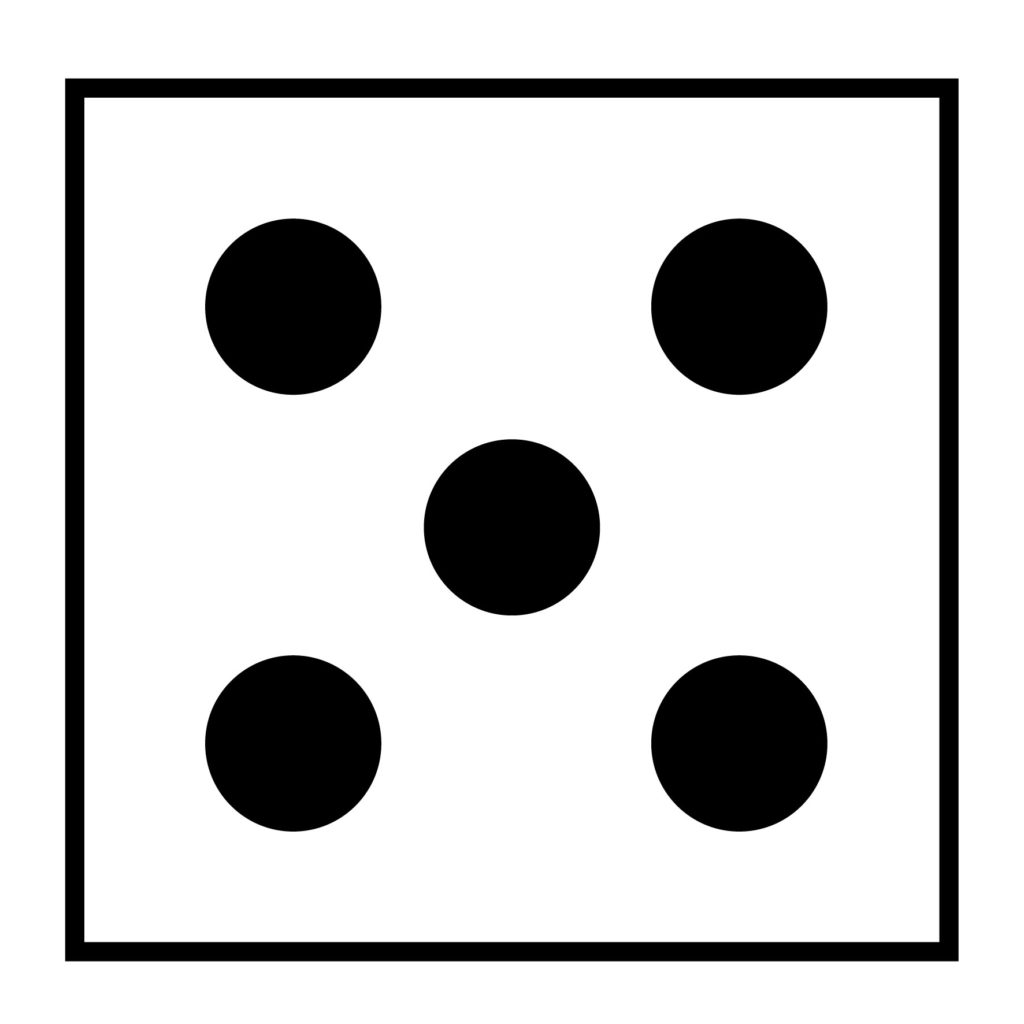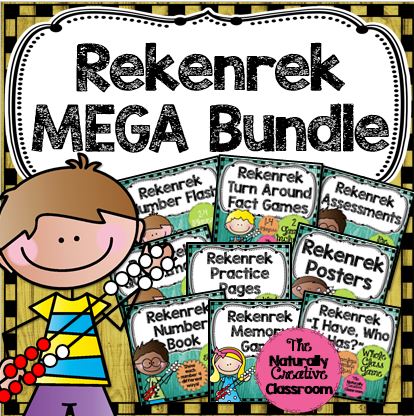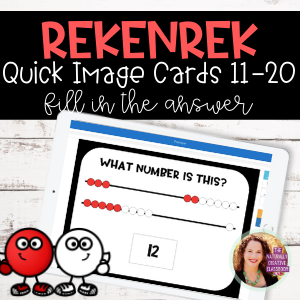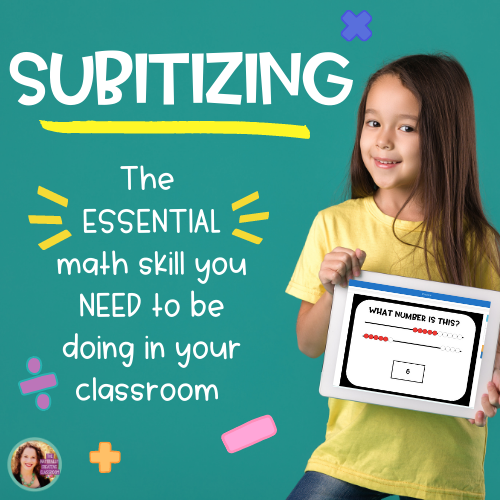What is Subitizing in Math?
Sub-itizing? Soo-bitizing? I have heard the subitizing pronunciation said both ways. I think the academic pronunciation is “soo-bitizing”. No matter how you say it, being able to subitize to 10 is a critical math skill that you use daily. When you subitize numbers, you can look at a set of objects and be able to count them immediately in your head. Here’s an example:

How many dots do you see? Could you immediately tell it was 5 without having to count each dot? CONGRATULATIONS! You just subitized! There are many simple subitizing activities that you can add to your daily classroom routine.
Why is learning to subitize to 10 important?
Subitizing is a critical foundational skill for developing number sense (the ability to understand quantities and be able to compare more or less). The stronger a student’s number sense, the higher their confidence will be in math. Subitizing in math helps students:
- recognize patterns
- form number bonds
- count on
- number conservation (understanding that even if the objects are moved around, the number of objects stays the same)
- compose and decompose numbers
- perform mental math
- think flexibly
- and so much more!
If you want to build these skills in your classroom, or help a student is struggling with any of these concepts, working on number sense and using subitizing games and activities is a good place to start!
Teaching how to Subitize to Ten
The most common way to introduce how to Subitize to 10 is using the rekenrek. (When searching for a stock photo to use, the only results I got was for Thor and Ragnorak. While it had a name that sounds like it belongs there, it’s WAY cooler!) This is a rekenrek.

A rekenrek looks a bit like an old school abacus, but is used differently. It has ten beads on the top and ten beads on the bottom. There are always five red beads followed by five white beads. This is essential. A student will learn to subitize the five together. You slide the beads that you want to count to the left. This rekenrek is showing 15 and can be used to show a 5+5+5=15 or 10+5=15. Students will learn that when a white bead is pushed to the left on the top or bottom, then 5 reds have been used.
While you can purchase rekenreks through any teacher supply company, you can very easily make one for pennies. Follow these directions to make an inexpensive rekenrek using pony beads, cardboard, duct tape and yarn!
Talking About Numbers
There are many activities that teach how to Subitize to 10 that build number sense. When they subitize, ask them not just WHAT number they see, but HOW they see it. This will require some modeling to start, but even the youngest of students will soon catch on. Ask “How do you KNOW it’s fifteen?” A sample answer would be “I see five reds on the top and five reds on the bottom and I know 5+5=10. Then I saw the five whites on the top and I know 5+5=10” or “I saw that there were no beads left on the top, so I know that’s ten, and I saw the five red beads on the bottom, so I know that’s 5 and 10+5=15”.
Conversations like these will quickly help students see numbers in a new way!
Subitizing Activities
To help you teach students to Subitize to 10, you can get these FREE Quick Image Boom Cards I have created for you. Easily add activities to your independent math centers.

If you are looking for a fun movement break in your K-2 classroom, subitize with Jack Hartman! He has lots of fun videos that will get your students moving and grooving!
You can find MORE rekenrek activities for your classroom HERE!





2 Responses